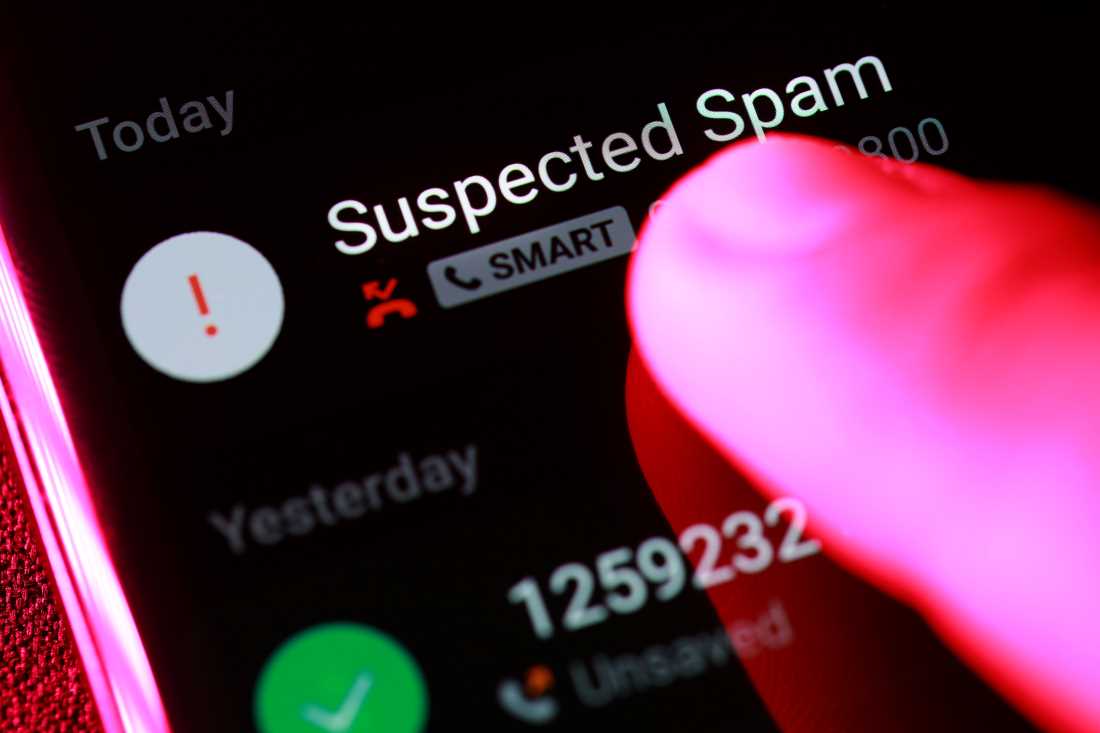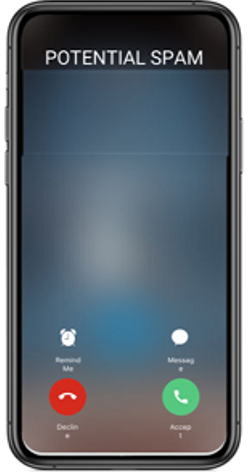Business Text Messaging Requirements
Last Edit: 4/20/23
Executive Summary
The FCC, as part of the Telephone Consumer Protection Act, has ruled that consumers are entitled to protection from unwanted text messages. In 2019, the Cellular Telecommunications Industry Association (CTIA – a trade association representing cellular carriers in the US – AT&T, Verizon, T-Mobile, etc.) released Messaging Principles and Best Practices to satisfy these requirements.
A core component of this protection is based on registration of business text messaging traffic that originates from 10-digit local phone numbers (aka 10DLC, or 10-digit long code).
POPP’s partner organization for text messaging, in conjunction with the major cellular carriers, is requiring all business text messaging traffic be properly registered as of 3/31/23. At this time, unregistered text messaging traffic will still go through. However, if clients are experiencing their text messages getting blocked or marked as “potential spam”, no technical support will be provided to resolve any such issues until the text messaging traffic has been properly registered.
In order to register your text messaging traffic, you will need to complete and return a form emailed to you from POPP. POPP will submit your answers to the registrar, a 3rd party company called The Campaign Registry (TCR). TCR and the cellular carriers evaluate each registration based on an undisclosed algorithm that takes into account a brand’s past texting history, type of organization, and the type and quantity of messages your company plans to send.
Please review the information below, as it will answer many common questions:
You will need to register for 10DLC if your business has POPP’s Hosted IP Phone System (aka Cloud VoIP Phone System) and you have (or will have) phone system users enabled for text messaging using the MaX UC desktop/mobile app.
As stated above, the cellular carriers are requiring business text messaging traffic to be registered to satisfy FCC requirements.
Industry-wide, the 10DLC registration is heavily aimed at enterprise texting platforms that can send out large volumes of automated text messages. An example might be a restaurant's reservation platform that sends out automated reservation reminders and weekly deals.
While texting from MaX UC is strictly person-to-person and likely occurs in relatively low volume, because it originates from a business and from a 10-digit number, it is required to be registered all the same.
The process to register is as follows:
- Client completes the Text Messaging Registration form sent from POPP.
Within the form email, you will set up a Brand and a Campaign:
- Brand: The Brand is the business entity that any given texting-enabled phone number is associated with. You will need to supply some basic information about your business.
- Campaign: The Campaign details the type of text messages the phone number intends to send. You will need to supply information and samples including who you are sending text messages to and why.
- Best Practices: You will also need to affirm that you are following best practices (see below).
Important: The form includes example answers to help guide you in your responses. Answer each question honestly and completely. Incomplete or vague responses may add delays to the process. Businesses found to be providing incorrect information on their registration form may have their campaigns suspended.
- POPP will submit the registration on your behalf to the carriers. You may be contacted by POPP or the cellular carriers with additional questions. The carriers will evaluate your submission.
- Once approved, POPP will associate your texting-enabled phone numbers to your Brand and Campaign and then POPP will contact you once completed.
In general, businesses must ensure they are not sending text messages to anyone who has not already given them permission to do so, called opting-in. Additionally, businesses must respect the wishes of anyone who informs you that they no longer want to receive your business text messages, called opting-out.
- Opt-in: You will be required to affirm that you have a system for collecting opt-ins.
- If your business has an official form on your website where your customers provide their phone number and check a box indicating their willingness to receive your text messages (or something similar), that’s a good example of an opt-in. On the form, describe that process. The opt-in must be clear and conspicuous, and not obscured deep within your Terms of Service. If you are currently sending proactive text messages without first getting an opt-in, you must create an opt-in process.
- If you are like many businesses who simply use texting to casually converse with your customers, then you should ensure that your employees are trained to only respond to customer-originated text messages, and only with responsive information. In other words, if your employees receive a text from a customer, they may respond to the text and converse with the customer until the conclusion of that interaction. However, they should not be texting that same customer later on with “special offers” or other information the customer did not request and is not expecting.
- Opt-out: You will be required to affirm that you honor opt-out requests.
- If your business receives a text message from customers with STOP or you otherwise receive a request from a client to discontinue receiving your text messages (verbally, over the phone, etc), your employees should be trained to honor the request and ensure that the customer is removed from your opt-in list and no longer receives any future text messages.
The registration form includes some example verbiage for how to describe your opt-out process.
- Help: You will be required to affirm that you manage Help requests.
- If your business receives a request in the form of HELP, or a similar indication of confusion on the part of the customer, your employees should be trained to respond with a message of how the person can contact you by another means other than texting, e.g., your website, an email address, or phone number.
The registration form includes some example verbiage for how to describe requests for HELP.
Be sure that the information you provide during registration is complete and accurate, and includes a detailed description of your use case and sample messages. Carriers use automated content-based filtering to check campaigns, so if the messages you send violate the guidelines listed below or don’t adhere to the use case you provided during registration, your campaign may be suspended.
Your content may be subject to review, so knowing what types of content to avoid will keep your messages from being flagged. Here are the content types to avoid:
- Promotional messages with toll-free numbers
- Fraud or scam messages that involve wrongful or criminal deception intended to result in financial or personal gain
- Deceptive marketing messages that do not meet the standard held by the Federal Trade Commission’s (FTC) Truth in Advertising rules
- S.H.A.F.T. (sex, hate, alcohol, firearms, and tobacco) content
- Sensitive content such as:
- Betting-related content — game bet, lucky draw, etc.
- Debt restructuring/refinancing offers
- Debt relief offers
- Payday loan offers
- Home loan offers
- Education loan offers
- Insurance quotes (unsolicited)
- Earn money from home job offers
In extreme cases, carriers might decide to block a brand or a campaign.
Please be sure to complete the registration form accurately and in a timely manner as carrier vetting can take several days and incomplete forms will only delay the process. The information provided herein is designed to help reduce the chances of POPP clients’ having their Brand and Campaign registrations denied and/or their text messages getting blocked. This content should not be considered legal advice or a substitute for qualified legal counsel. Please understand that these requirements are being instituted by the cellular carriers and not POPP.





